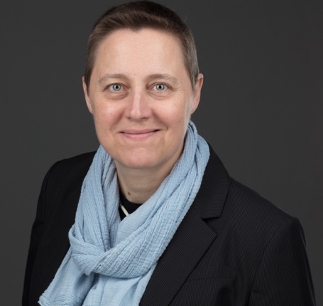
Dr. Marie-Jean Meurs has a background in theoretical math, applied math and computer science. So why is she studying the mental state of social media posters and the health of urban forests?
“I like applying elegant mathematical models to address real-life problems,” says Dr. Meurs, Associate Professor with the Department of Computer Science at the Université du Québec à Montréal (UQAM). “For more than 10 years, I’ve been working mostly with colleagues in different disciplines. The real fun for me is working with people in other fields because I learn so much from them. That makes it very interesting, so that’s what we do in my research group.”
To that end, she and her team of 10 have been working with colleagues in psychiatry to provide indications on the mental state of people based on what they write on social media. She’s keen to provide practitioners and patients with tools to help with their diagnoses and support.
“We’re not doing diagnosis, we’re just trying to help,” she said. “The practitioners can’t read thousands of messages [but using computing], we can go into a lot more volume of content.”
Dr. Meurs and her team build language models using algorithms with the hope that the information they garner helps practitioners with a diagnosis or with patient interaction.
“When you meet with your psychiatrist, you talk about your life,” she said. “You won’t share your online life. It’s interesting what our tool can create in terms of new interactions and links between the patient and the doctor.”
Her second project involves protecting urban forests. For instance, in the city of Montreal, whose ash trees are being destroyed by the infamous emerald ash borer, replacing the trees is critical so officials want to do it right, picking trees that will look good, integrate well with city streets and provide as many climate-change proofing benefits as possible.
To that end, she and her team built open source software with which communities can interact. It maps the city, offers an inventory of existing trees and advice about what trees would be good to plant where. It also includes a heat map.
She says she couldn’t do either project without high-performance computing.
“The amount of data isn’t so big,” she says. “It’s more about the complexity of the calculation. Even with a small amount of data, your model can be quite huge.”